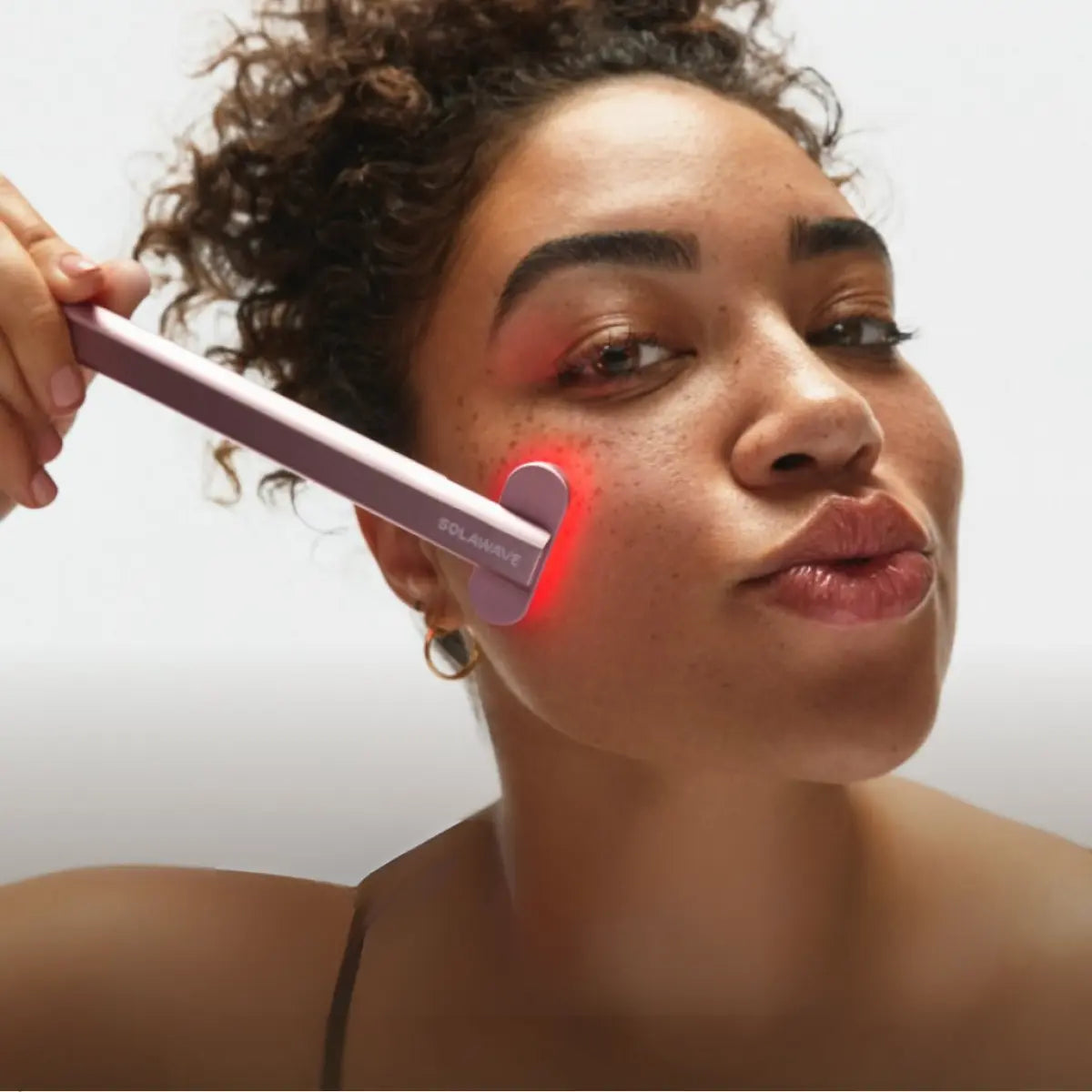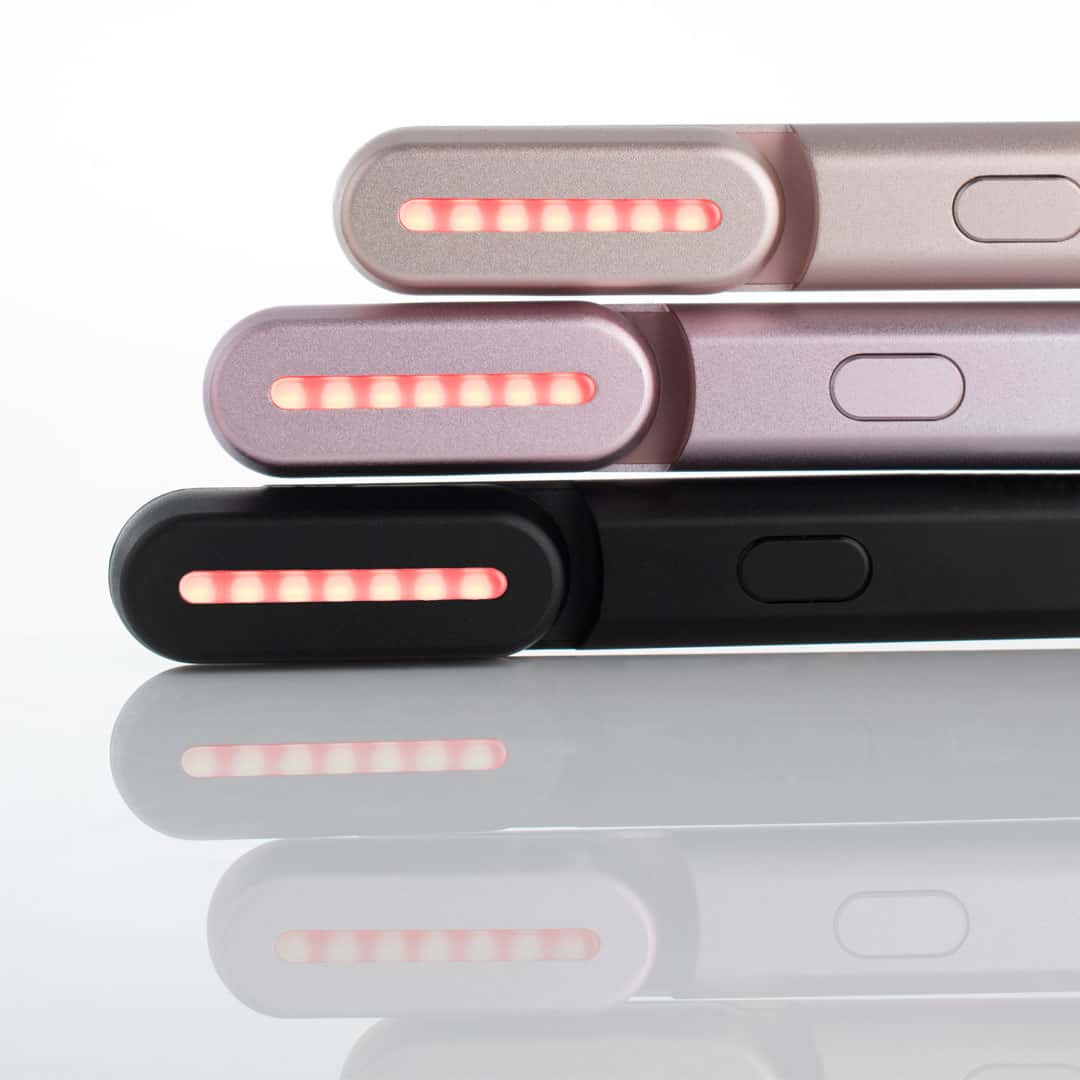 Phototherapy
Phototherapy

What Is Phototherapy? Everything To Know
Phototherapy is a medically supervised treatment that uses specific wavelengths of light to address a range of health conditions, most commonly those affecting the skin. Over the years, it has become an essential tool in modern medicine, offering proven relief for conditions like psoriasis, eczema, and vitiligo when other treatments may fall short. Here's everything to know!
What Is Phototherapy?
Phototherapy is a medical treatment that uses specific wavelengths of light to address various health conditions, particularly those affecting the skin. Unlike general light exposure, phototherapy involves controlled doses of ultraviolet (UV) or visible light delivered under medical supervision. This targeted approach allows healthcare professionals to harness the therapeutic effects of light while minimizing risks.
The science behind phototherapy centers on how certain wavelengths of light interact with your skin cells. When exposed to these wavelengths, your skin undergoes chemical and biological changes that can reduce inflammation, slow the growth of abnormal cells, or trigger healing processes. For example, UV light can suppress immune responses in the skin, making it effective for autoimmune skin conditions.
The development of phototherapy dates back to the early 20th century, when doctors discovered that controlled sunlight exposure could help treat skin diseases like psoriasis. Over time, advances in technology led to the creation of specialized lamps and devices that deliver precise light doses, making phototherapy safer and more effective. Today, phototherapy is a well-established treatment in dermatology and other medical fields.
How Does Phototherapy Work?
Phototherapy works by exposing your skin to carefully measured amounts of light, typically in the ultraviolet (UV) or visible spectrum. The most common types of light used are ultraviolet B (UVB), ultraviolet A (UVA), and blue light. Each type of light penetrates the skin to different depths and triggers unique biological responses.
When your skin absorbs these light wavelengths, several things can happen. UVB light, for example, slows the rapid growth of skin cells, which is beneficial for conditions like psoriasis. UVA light, often combined with a light-sensitizing medication called psoralen (in a treatment known as PUVA), can reach deeper layers of the skin and is used for more severe or stubborn skin diseases. Blue light is mainly used for treating neonatal jaundice and certain skin infections.
Safety is a top priority in phototherapy. Treatments are always administered under medical supervision to ensure the correct dosage and minimize side effects such as burns, premature skin aging, or increased risk of skin cancer. Before starting phototherapy, your healthcare provider will assess your skin type, medical history, and the specific condition being treated to develop a personalized treatment plan.
Different Forms of Phototherapy
Phototherapy comes in several forms, each tailored to specific conditions and patient needs:
Ultraviolet B (UVB) Phototherapy
-
Narrowband UVB: This is the most common form of phototherapy for skin conditions. It uses a specific wavelength (311–313 nm) that is highly effective for treating psoriasis, vitiligo, and eczema, with fewer side effects than other UVB treatments.
-
Broadband UVB: This older method uses a wider range of UVB wavelengths. While effective, it is less commonly used today due to a higher risk of side effects compared to narrowband UVB.
Ultraviolet A (UVA) Phototherapy
-
PUVA (Psoralen + UVA): In this treatment, you take a medication called psoralen that makes your skin more sensitive to UVA light. PUVA is used for severe or treatment-resistant conditions like psoriasis, eczema, and cutaneous T-cell lymphoma. Because it penetrates deeper into the skin, PUVA can be more effective for certain cases but also carries a higher risk of side effects.
Excimer Laser Therapy This form of phototherapy uses a focused beam of UVB light to treat small, targeted areas of skin. It is especially useful for localized conditions like psoriasis or vitiligo, allowing for high-intensity treatment with minimal exposure to surrounding healthy skin.
Other Emerging Forms and Technologies Research continues to expand the possibilities of phototherapy. Newer technologies include combination therapies that use multiple wavelengths or integrate phototherapy with other treatments. These emerging options aim to improve effectiveness, reduce side effects, and offer more personalized care for patients.
Each form of phototherapy is chosen based on your specific diagnosis, the severity of your condition, and your overall health, ensuring the safest and most effective treatment possible.
Proven Medical Uses and Treatments for Phototherapy
Phototherapy is widely recognized for its effectiveness in treating several medical conditions, especially those related to the skin. For psoriasis, phototherapy helps slow the rapid growth of skin cells, reducing plaques and inflammation. In vitiligo, it can stimulate pigment-producing cells, helping to restore color to affected areas. Eczema (atopic dermatitis) patients often experience relief from itching and inflammation through controlled light exposure.
Beyond these common uses, phototherapy is also a standard treatment for cutaneous T-cell lymphoma, a rare type of skin cancer, where it helps control abnormal cell growth. In newborns, medical-grade blue light therapy (different from the blue light therapy used in skincare devices for acne) is the gold standard for treating neonatal jaundice, as it breaks down excess bilirubin in the blood. Phototherapy is also used for other dermatological conditions and is being explored for non-dermatological uses, such as certain mood disorders and wound healing, under strict medical guidance.
What to Expect During Phototherapy Treatment
Phototherapy treatments are typically conducted in a medical setting, such as a dermatologist’s office or hospital. Sessions usually last just a few minutes, and you may need multiple treatments per week over several weeks or months, depending on your condition and response.
During a session, you’ll stand or sit in front of a specialized light source, and protective eyewear is provided to shield your eyes. Only the areas needing treatment are exposed, while the rest of your body is covered. The process is painless, but your skin may feel warm.
Possible side effects include mild redness, dryness, or itching, similar to a mild sunburn. Rarely, long-term use can increase the risk of premature skin aging or skin cancer, which is why treatments are closely monitored by healthcare professionals. Phototherapy is generally recommended for individuals with moderate to severe skin conditions who have not responded well to topical treatments or other therapies. Your doctor will assess your medical history and skin type to determine if phototherapy is right for you.
Conclusion
Phototherapy remains a highly effective, medically proven treatment for a range of conditions, especially those affecting the skin. If you’re considering phototherapy, always consult a healthcare professional to ensure you receive safe and appropriate care tailored to your needs.
Sources:






